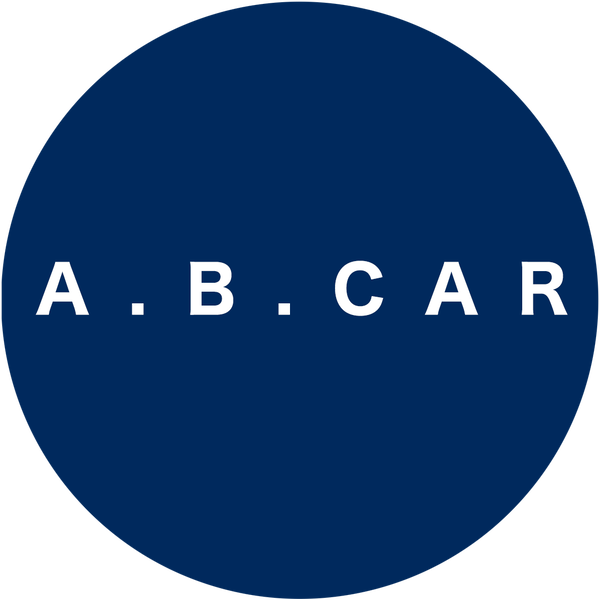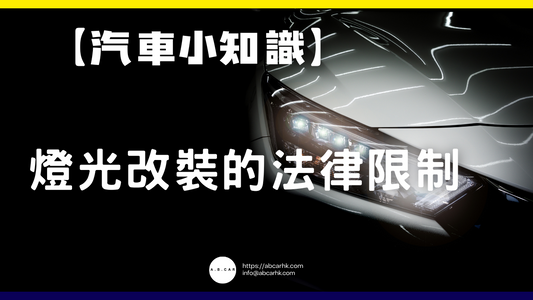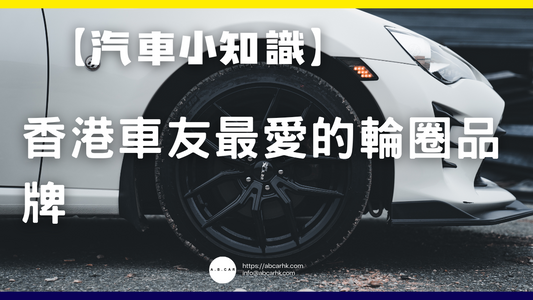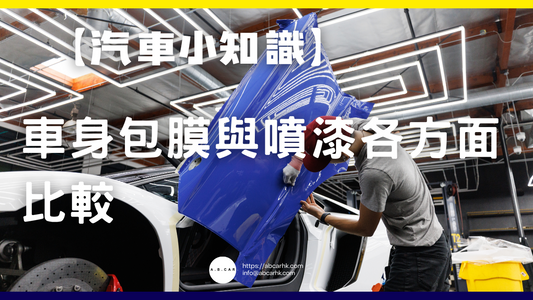[Lecture] Circular Economy and the Business Model of Second-Hand Platforms | Editor: Ma Wensheng

♻️ Circular economy and second-hand platforms: A Hong Kong perspective
1️⃣ What is the circular economy?
The traditional economic model is "Take-Make-Dispose," meaning companies produce new products, consumers use them, and then throw them away, eventually turning them into garbage. 😓
The circular economy aims to break this linear model and create a cycle of "resources → use → recycling → regeneration." Simply put: resources are not disposable but recyclable .
👉 Three major principles:
- Extend product life : encourage repair, reuse, and upgrade.
- Resource recycling : Materials can be recycled and made into new products.
- Maximize value : Don’t use something just once, but use it to maximize its value.
example:
- You don’t have to throw away your old clothes, you can donate them to people in need, or take them to be upcycled. 👚
- Electronic products can be traded in to recycle parts and then assembled into new devices. 📱
2️⃣ Roles on second-hand platforms
Hong Kong is increasingly using secondhand platforms like Carousell (a revolving auction site) , Facebook Marketplace , and Retykle (a children's secondhand clothing platform) . These platforms are inherently part of the circular economy, as they extend the lifecycle of items and reduce waste.
Business model breakdown 🔍
-
C2C (Consumer to Consumer)
- Users can directly list second-hand goods, set their own prices, and negotiate with buyers on their own.
- The platform makes money through advertising and transaction fees (such as commissions).
-
B2C (Business to Consumer)
- Some platforms invite brands to directly sell "refurbished goods" or "out-of-season inventory" at prices lower than regular goods, while also helping to clear inventory.
-
Subscription/Membership
- Some platforms offer premium membership features, such as greater exposure, free shipping, and insurance protection.
-
Value-added Services
- Logistics and delivery (the platform cooperates with the courier to charge). 🚚
- Safe payment (e.g. intermediary payment, avoid er money). 💳
- Inspection service (high-priced products, such as brand-name handbags, need to be verified for authenticity). 👜
3️⃣ Second-hand platforms and Hong Kong social culture
Hong Kong people have several characteristics that make the second-hand market particularly promising:
- Small space : The house is small and needs to be cleaned frequently. 🛋️
- Fast pace of life : New things are updated very quickly, and many people use them a few times and then stop using them.
- Young people have a high awareness of environmental protection : Generation Z and millennials are more accepting of second-hand products.
- Hong Kong people are budget-conscious : they want to save money on cheap goods, but also want to cash in on unwanted items. 💰
4️⃣ Challenges and opportunities
Challenge ⚠️
- The problem of fake goods : When buying second-hand brand-name goods, the biggest fear is being scammed.
- Lack of trust : Buyers and sellers may not know each other, which can easily lead to disputes.
- Logistics costs : Delivery may be more expensive than the value of the goods themselves.
- Cultural bias : Some people feel uncomfortable using things that have already been used by others.
Opportunities 💡
- Green consumption trend : The government promotes waste reduction and recycling, and social acceptance will increase.
- Technology support : AI inspection and blockchain tracking of product origins help enhance trust.
- Cross-border market : Hong Kong’s second-hand market can connect with the Greater Bay Area and expand its user base.
5️⃣ Editor’s Summary📝
The circular economy is more than just an environmental slogan; it's a business opportunity. Secondhand platforms are a practical application of the circular economy, helping society reduce waste while also creating new value.
Although the Hong Kong market has its challenges (fake goods, cultural acceptance, etc.), with the changing consumption concepts of young people and the promotion of ESG (environmental, social, and governance) trends, second-hand platforms will definitely become more and more mainstream in the future. 🚀
I think if you really have a lot of unused stuff at home, instead of just throwing it into landfill, try selling it on a second-hand platform. You might even be able to help someone in need while making a little money back yourself, killing two birds with one stone! 💡♻️



